Summary
Rainbow trout, brown trout, and cutthroat trout are the most common fish found in the lake. Other species such as kokanee salmon, lake trout, and brook trout can also be found in the surrounding area.
Aside from fishing, there are plenty of activities to enjoy nearby. Visitors can hike the nearby trails, take scenic drives, or even go horseback riding. Camping is also available in the area for those who wish to stay overnight.
When it comes to fishing tips, anglers should use lures or bait that mimic the natural food sources of the fish. Fly fishing is a popular technique at Creedmore Lake, and anglers should try using dry flies or nymphs for the best results. It's also important to fish during the early morning or late afternoon when the fish are most active.
The best time of year to visit Creedmore Lake is during the summer months, when temperatures average around 70°F. Late spring and early fall can also be good times to fish, but temperatures can be cooler and unpredictable. Winter fishing is possible, but anglers should be prepared for snow and ice conditions.
Overall, Creedmore Lake Fishing Site is a beautiful and diverse fishing destination that offers something for everyone. With its stunning scenery, variety of fish species, and nearby activities, it's a must-visit for any angler visiting Colorado.
Weather Forecast
Nearby Streamflow Levels
Angling Safety Guidelines
Check local fishing rules, seasons, size limits, and license requirements to ensure legal and sustainable angling.
Handle Fish Responsibly
Use wet hands, minimize air exposure, and release fish gently to improve survival rates when practicing catch-and-release.
Choose the Right Gear
Match your rod, line, and tackle to the species and conditions to increase success and reduce unnecessary harm to fish.
Respect the Waterway
Avoid disturbing habitat, prevent bank erosion, and keep a safe distance from spawning areas to protect ecosystems.
Keep It Clean
Pack out all line, hooks, bait containers, and trash—discarded gear can injure wildlife and degrade waterways.
Related Links
Area Campgrounds
| Location | Reservations | Toilets |
|---|---|---|
 Dowdy Lake Campground
Dowdy Lake Campground
|
||
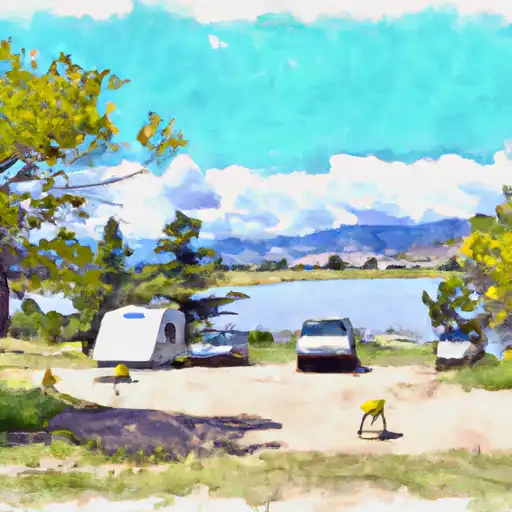 West Lake
West Lake
|
||
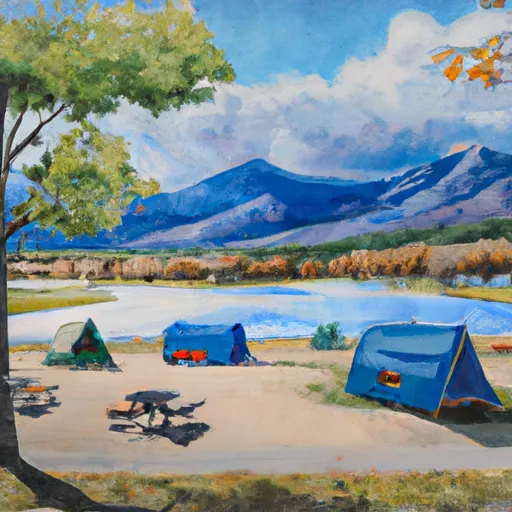 West Lake Campground
West Lake Campground
|
||
 Dowdy Lake
Dowdy Lake
|
||
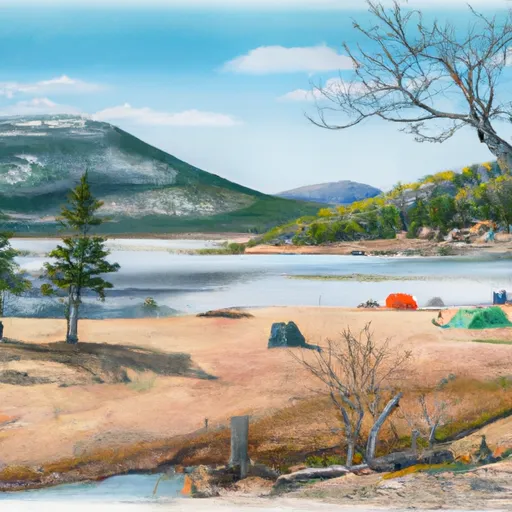 Bellaire Lake
Bellaire Lake
|
||
 Bellaire Lake Campground
Bellaire Lake Campground
|

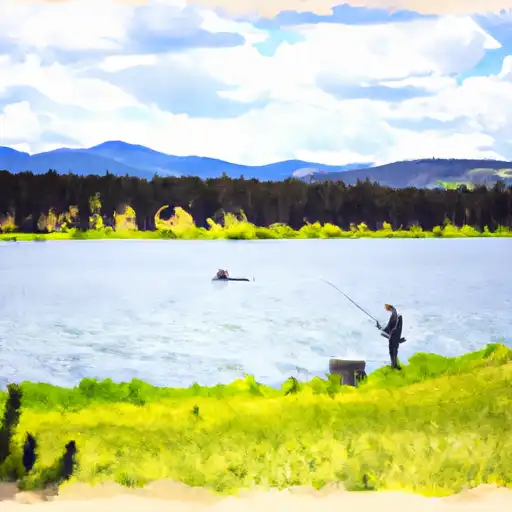 Creedmore Lakes
Creedmore Lakes
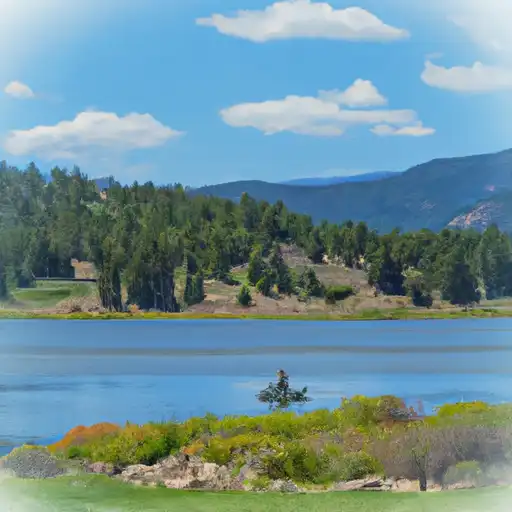 Dowdy Lake
Dowdy Lake
 West Lake Day Use Area
West Lake Day Use Area
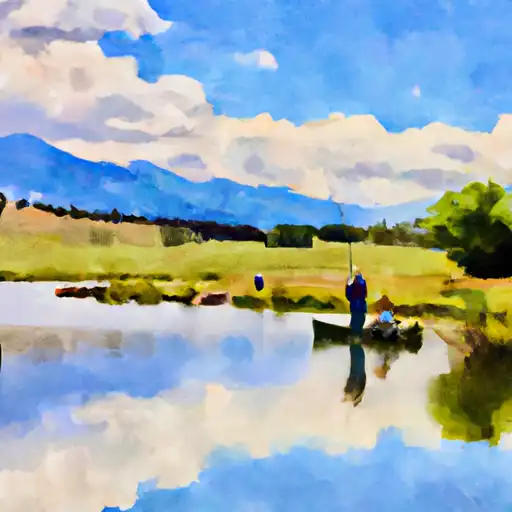 West Lake
West Lake
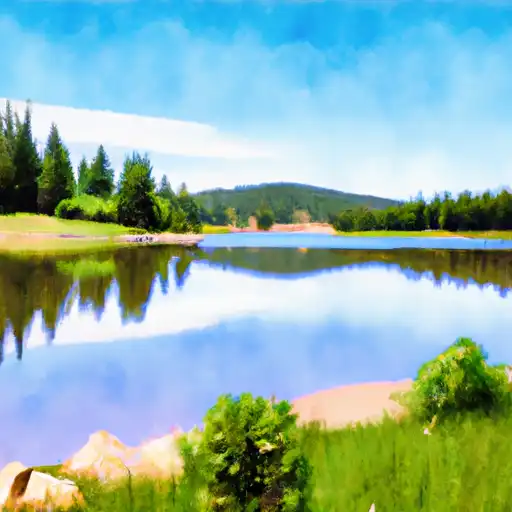 Parvin Lake
Parvin Lake
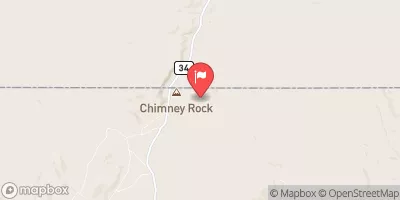

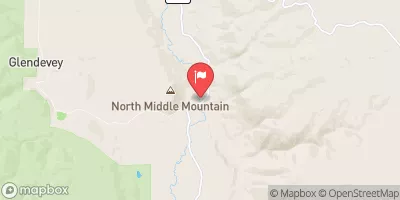
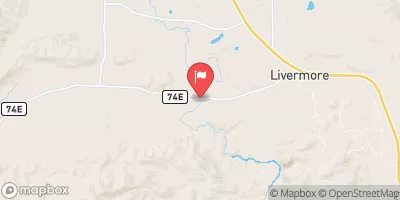

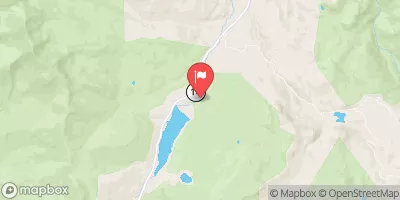
 Lone Pine
Lone Pine
 Nowata Drive 875, Larimer County
Nowata Drive 875, Larimer County